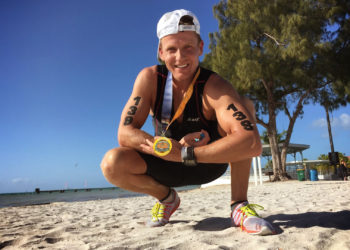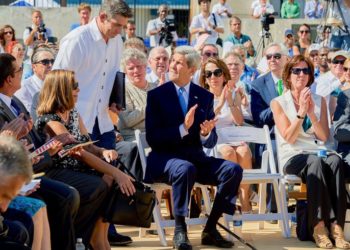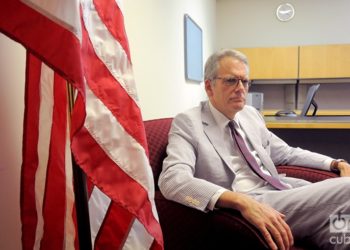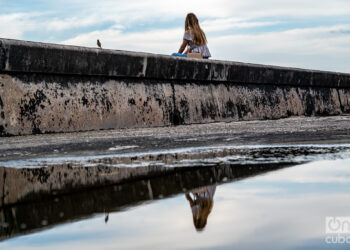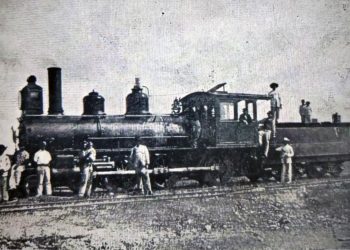The Man Behind “Unseen Cuba”
When the aerial photos of Cuba taken by Lithuanian Marius Jovaisa began to be published on the Internet, we saw more than one expression of wounded, nationalist pride bemoaning the fact a foreigner had come along and captured those images before Cubans could. But Jovaisa’s status as a foreigner played a very small role in this feat, which required five years of his life, spending one million dollars, putting his patience to the test and even an interrogation by Cuban authorities on suspicion of espionage. The secret to the success of this initiative – which anyone familiar with the workings of Cuban institutions would dismiss as impossible – is to be found in the photographer’s athletic background. The obsessive and perseverant attitude he developed as a triathlon contestant – not being blonde or having been born in Europe – was what allowed him to master the “extreme sport” of pitching any unusual idea to Cuban institutions and negotiating the precipices of the island’s bureaucracy. “I have always been attracted to adrenaline sports,” Jovaisa told OnCuba in an interview conducted over the Internet. “I’ve done paragliding, skydiving, bungee jumping, wake boarding, snowboarding and surfing. That’s how I came to be interested...


